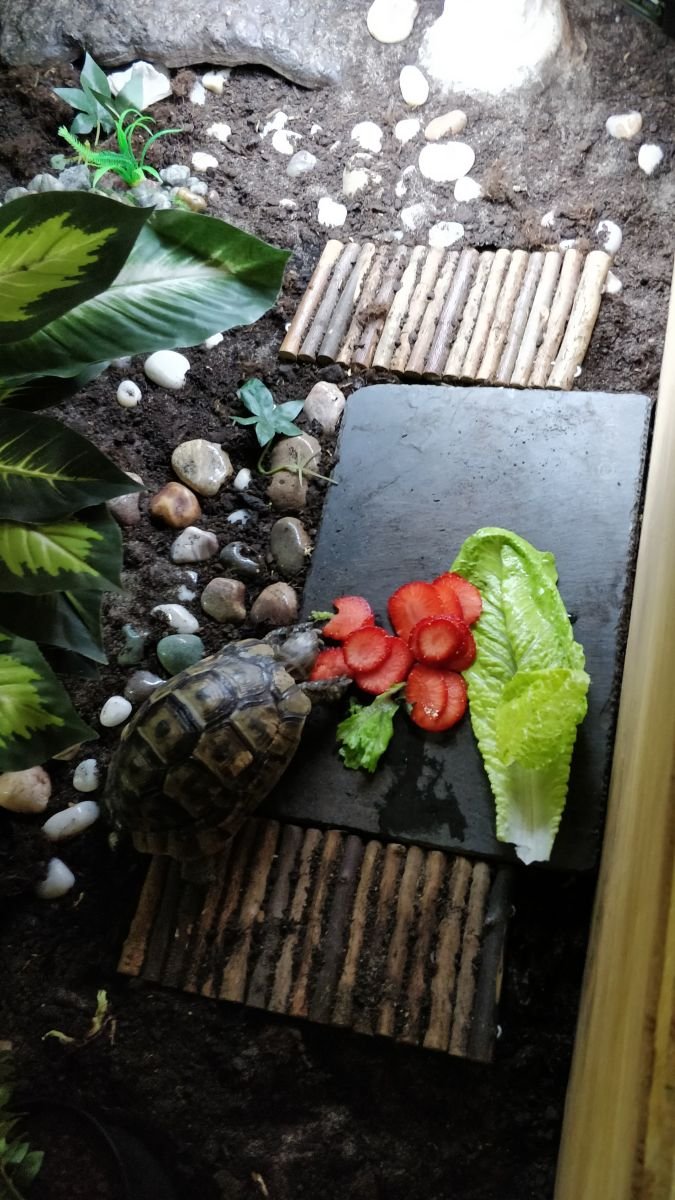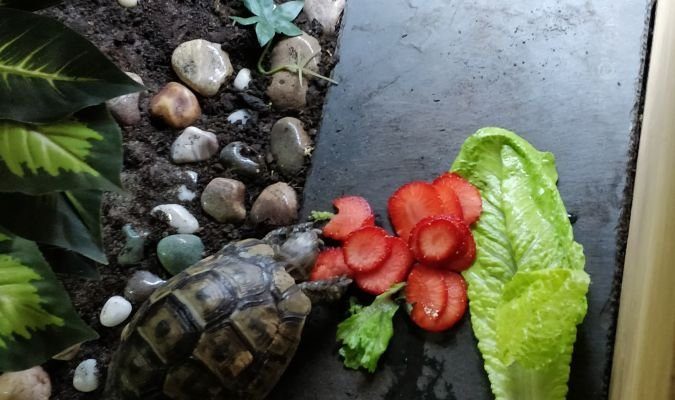
Greek tortoises are lovely little creatures that enjoy a diverse range of foods. They are herbivores, which means their meals should primarily consist of plants. This diet is essential not only for their physical health but also for their mood and energy levels. You might be wondering how to provide the best variety. Here’s the thing: you’ve got to keep their meals interesting while also ensuring they get the right vitamins and minerals. Let’s break this down step by step.
Understanding the Natural Diet of Greek Tortoises
A Greek tortoise’s natural diet is largely composed of a variety of grasses, weeds, and leafy greens. This diverse mix provides the necessary nutrients they need to flourish. In the wild, they munch on dandelions, clover, and other plants. They also enjoy a bit of fruit on occasion, but let’s not get carried away with the sweets. Too much fruit can upset their digestive systems.
When replicating this diet at home, think about it like creating a balanced plate. You want to aim for a mix of high-fiber options to keep their intestines moving smoothly. Foods with high calcium content are especially important, as they help maintain strong bones and shells. Foods like dark leafy greens and calcium-rich vegetables should be staples in your tortoise’s diet.
Here’s a quick list to keep in mind when choosing the right foods for your tortoise:
- Leafy greens (like kale and collard greens)
- Grasses (like timothy hay)
- Weeds (like dandelions and clover)
- Low-sugar fruits (like strawberries and small pieces of melon)
Feeding Frequency: How Often Should You Feed Your Greek Tortoise?
Now that we know what to feed them, let’s talk about how often you should be serving up those meals. Younger tortoises generally need to eat more frequently than adults. If you have a baby or juvenile Greek tortoise, aim to feed them daily. They are often growing faster and need that extra nourishment.
For adult Greek tortoises, you can reduce feeding to around 3-4 times a week. This frequency allows their slower metabolism to function properly. Keep in mind that they are naturally adapted to eat small amounts throughout the day in the wild. So, even when feeding them fewer times a week, be generous with the portions.
Here’s a simple breakdown of feeding frequency:
- Baby tortoises: Daily feeding
- Juvenile tortoises: Every other day
- Adult tortoises: 3-4 times a week
Hydration: The Overlooked Essential
You might be surprised to hear that hydration is just as crucial as food. A Greek tortoise can become dehydrated quickly, especially in warm climates. They often get some of their moisture from the plants they eat, but it’s important to provide fresh water as well.
Make sure your tortoise has access to clean, shallow water at all times. This water source should be big enough for them to soak in but shallow enough to prevent drowning. Regular soaking can help with hydration, especially if they seem less active or are getting ready for a shed.
Here are a few tips for hydrating your tortoise:
- Provide a shallow water dish in their enclosure.
- Soak them in lukewarm water for 20-30 minutes once a week.
- Watch for signs of dehydration (like sunken eyes or lack of appetite).
The Importance of Calcium and Vitamin Supplements
Now, let’s chat about the supplements your tortoise might need. While a varied diet is essential, sometimes it’s not enough to meet all their nutritional needs. That’s where supplements come into play. Calcium is vital for maintaining strong bones and a healthy shell, especially for growing tortoises.
You can sprinkle a bit of calcium powder over their food a few times a week. Just be cautious not to overdo it! Too much calcium can be harmful, just like too little. Additionally, vitamin D3 helps with calcium absorption, so consider using a UVB light if your tortoise isn’t getting enough natural sunlight.
Here are a few guidelines for supplementing:
- Use a calcium supplement without phosphorus.
- Consider a multivitamin once a month.
- Always monitor your tortoise for changes in health or appetite.
Common Mistakes to Avoid When Feeding Your Greek Tortoise
Even seasoned tortoise owners can make mistakes when it comes to feeding. One common error is offering too much fruit. While it’s a delightful treat, too much fruit can lead to obesity and health issues. Another mistake is not providing enough variety in their diet. Sticking to just one type of green can lead to deficiencies over time.
Here are a few pitfalls you might want to avoid:
- Don’t rely solely on commercial tortoise food.
- Avoid high-protein foods like meat or dog food.
- Watch out for toxic plants; make sure everything is safe!
Feeding your Greek tortoise the right diet is a key part of keeping them healthy and happy. It’s about finding that balance of nutrients, offering appropriate feeding frequency, and ensuring hydration. With the right mix of natural foods, supplements, and a bit of care, you can create a diet that supports their growth and well-being.
Remember, be patient and observant. Every turtle is unique, and their preferences might surprise you. By paying attention to what your tortoise enjoys and how they respond to different foods, you’ll become a pro in no time. So, grab a salad bowl, and let’s get cooking for your shelled buddy!

